Экскаваторы are indispensable in construction projects, and understanding their operational techniques is essential for maximizing efficiency and ensuring quality. excavator digging techniques have their specific approach, and knowing these details helps in fully utilizing the machine’s capabilities to achieve optimal results. Below, we dive deep into 11 common excavation techniques.
Оглавление
Переключать1. Trenching Digging: Efficient for Small Spaces
How it Works:
Trenching digging starts from a fixed point and moves along a predetermined path. The excavator digs in layers, moving gradually toward the desired depth. The operator adjusts the bucket and booms to maintain precision, especially in tight spaces where maneuvering is limited.
Best Used For:
This method is ideal for confined areas like pipeline installation or small foundation trenches. Its efficiency in narrow spaces makes it perfect for urban or residential projects.
Key Tips:
Focus on minimizing environmental disruption to surrounding areas.
Works best for shallow digging; deep excavation is not recommended.
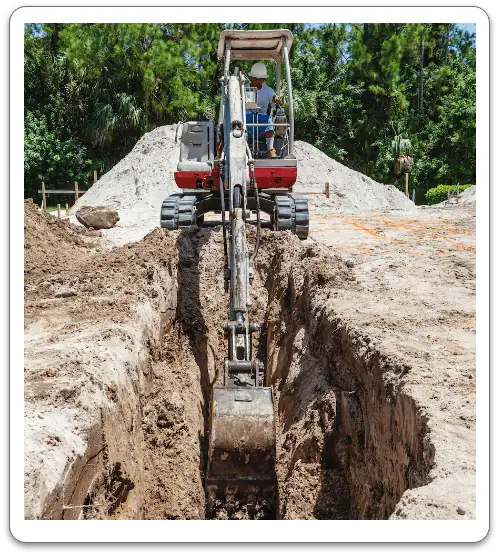
2. Through Digging: Ideal for Larger Sites
How it Works:
Digging involves continuous excavation from the starting point to the endpoint, creating an uninterrupted channel. The excavator adjusts its bucket angle and arm to keep the operation smooth as it progresses. For larger, deeper areas, the process may be done in stages.
Best Used For:
This technique is suited for large-scale operations like quarry mining or big foundation digging, where deeper soil removal is needed.
Key Tips:
Make adjustments based on soil conditions to avoid unnecessary wear on the machine.
Always ensure the surrounding area remains stable to prevent collapse during deep digging.
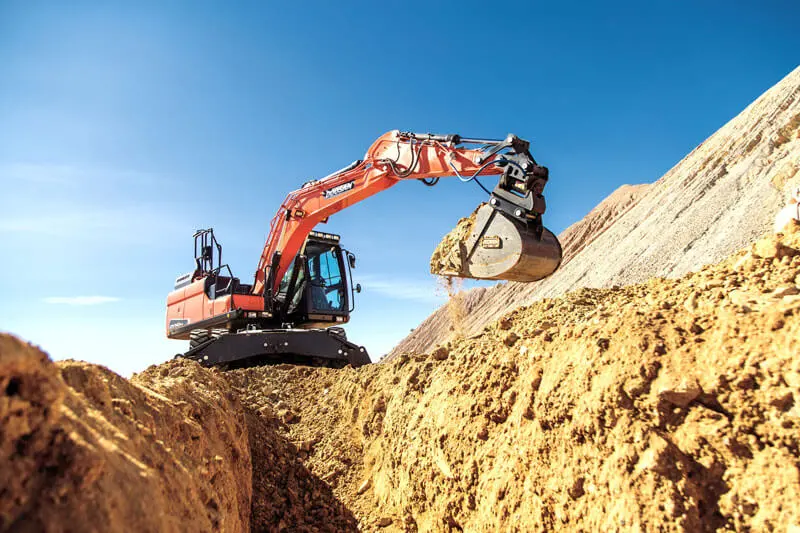
3. Throwing Digging: Quick Material Transport
How it Works:
In this technique, the excavator scoops up the earth and throws it over short distances. The bucket’s angle and force determine how far the material is thrown, typically to a nearby transport vehicle or stockpile area.
Best Used For:
Throwing digging is efficient for moving soil over short distances, such as in landfills or small stockpiling operations.
Key Tips:
Best suited for short-distance material transport.
Requires precise control to avoid spilling material or creating unnecessary mess.
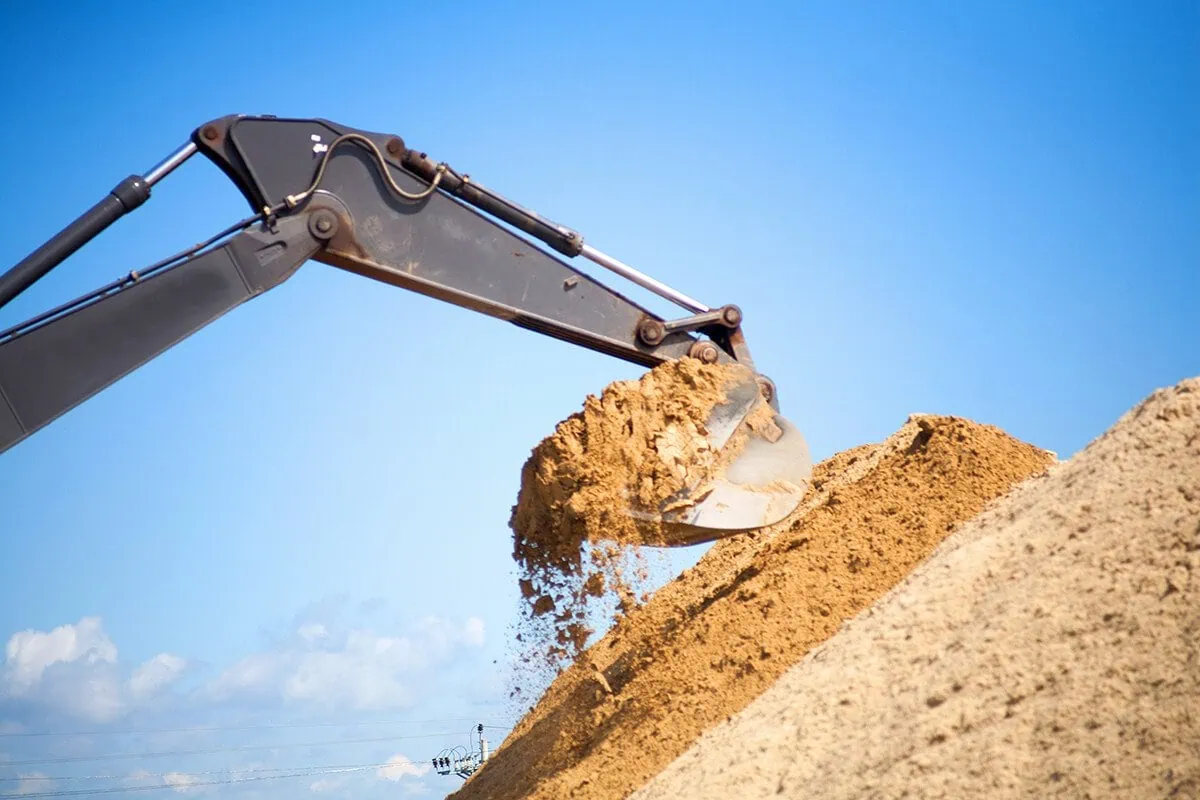
4. Scraping Digging: For Deep Excavations
How it Works:
Scraping digging is typically used for deep excavations. The excavator removes soil layer by layer, carefully controlling each depth to prevent over-excavation. This method allows for precise cutting and a smooth surface finish.
Best Used For:
Common in deep foundation work, riverbed dredging, or large-scale excavation projects requiring fine control over each layer of soil.
Key Tips:
Layered digging is essential for maintaining accuracy and stability.
Be aware of the soil type and ensure proper excavation depth to prevent instability.
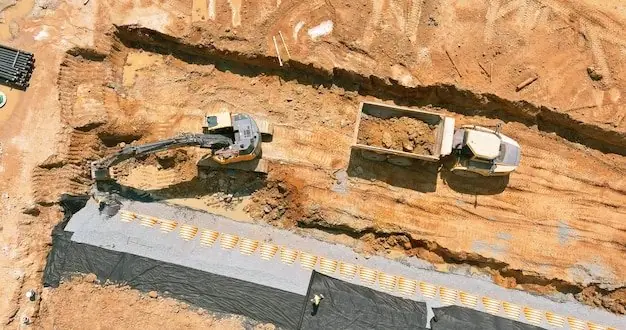
5. Forward Face Excavation: Effective for Foundation Digging
How it Works:
In forward-face excavation, the operator digs from one side of a trench or foundation, working forward in the same direction. This method is useful for controlled and continuous excavation without changing the machine’s orientation.
Best Used For:
Typically used in deep foundation excavations or large-scale construction projects where efficiency and depth control are crucial.
Key Tips:
Ensure the work area remains clear of obstructions to maintain smooth operation.
Stay synchronized with transport vehicles to avoid delays in material movement.
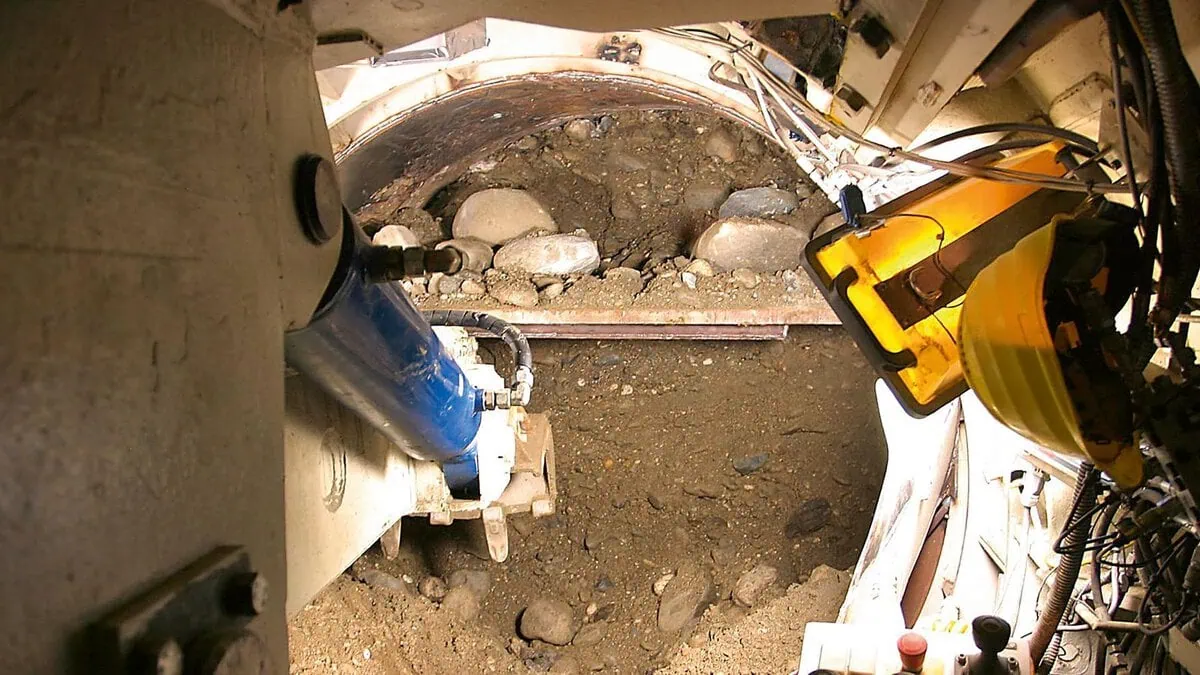
6. Lateral Face Excavation: Ideal for Channel and Stockpile Work
How it Works:
Lateral face excavation involves digging along the side of a material pile or channel. The excavator digs sideways, removing material while maintaining a clear transport path. This technique is ideal when the material needs to be moved in a consistent direction.
Best Used For:
It is widely used in stockpile management, waterway dredging, or creating consistent material flow during excavation.
Key Tips:
Control the angle of the bucket to avoid spilling the material.
Be mindful of the proximity to other equipment to avoid accidents.
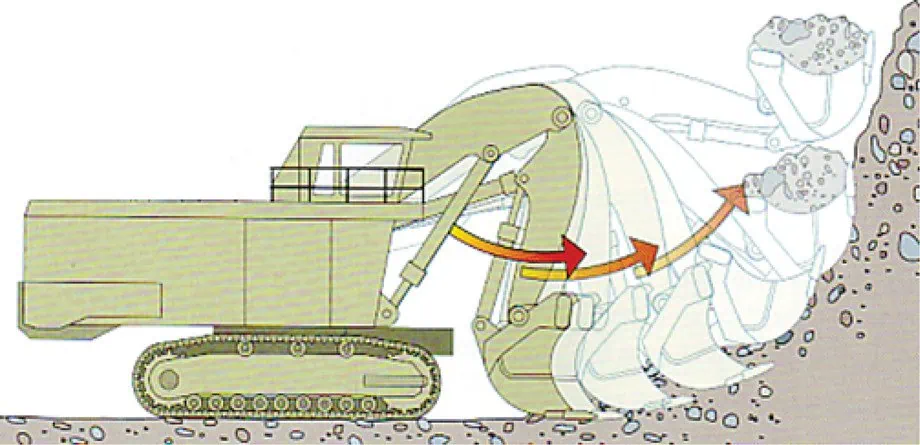
7. Single-Layer Wide Excavation: Quick for Shallow Cuts
How it Works:
In this method, the excavator digs the entire width of a shallow trench or channel in one go. The machine moves from one end of the area to the other, removing soil in a single pass.
Best Used For:
Effective for short, shallow excavations like drainage systems or smaller roadworks.
Key Tips:
Keep the bucket wide enough to cover the entire work area in one pass.
This technique is best for shallow digs, with limited depth requirements.
8. Multiple-Layer Wide Excavation: For Deeper Trenches
How it Works:
Multiple-layer wide excavation involves digging the area in stages, with each stage digging a set depth before moving on to the next. The excavator digs through the full width of the trench or channel in each layer.
Best Used For:
Ideal for deeper excavations like large sewer systems or foundations where significant soil removal is required.
Key Tips:
Each layer’s depth should be carefully monitored to meet design specifications.
Pay attention to soil stability to prevent collapse during deep excavation.
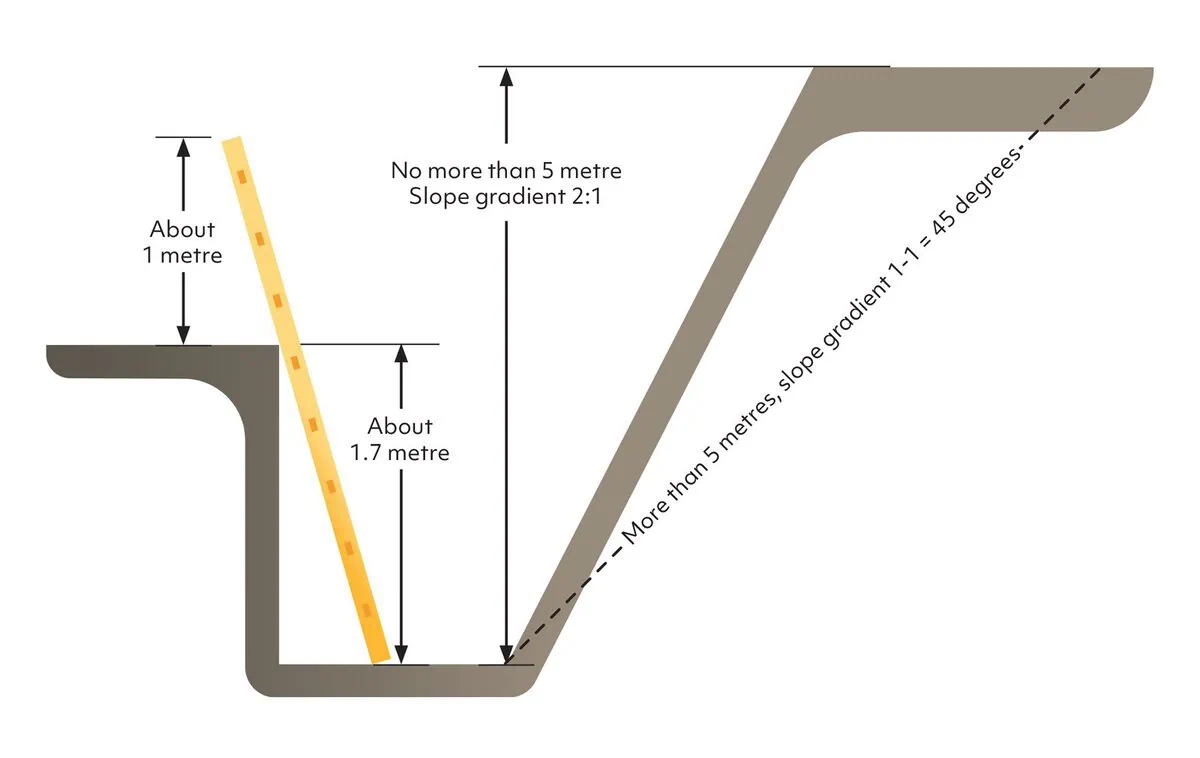
9. Vertical Layer Excavation: Suitable for Long Trenches
How it Works:
Vertical layer excavation divides a long trench or ditch into several vertical layers. The excavator proceeds to dig one layer at a time, ensuring that each layer’s depth is precisely controlled before moving to the next.
Best Used For:
This method is common in long, deep trench projects, especially when uniform width and depth are essential.
Key Tips:
The depth of each layer should be adjusted based on the soil’s characteristics.
Pay close attention to the safety of surrounding structures as you progress.
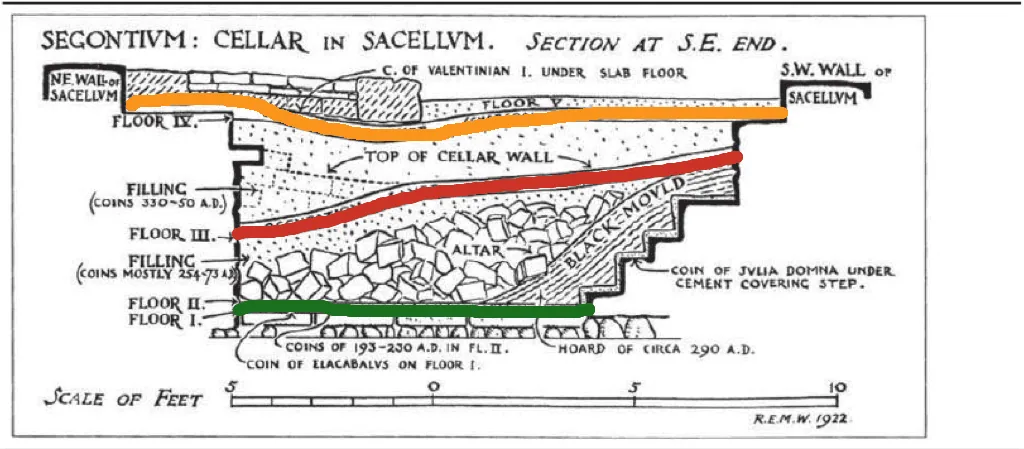
10. Channel Vertical Excavation: For Deep and Long Trenches
How it Works:
Channel vertical excavation begins by creating a basic channel or passage. The operator works to widen and deepen it in stages, focusing on creating a smooth, continuous excavation path.
Best Used For:
Used for deep and long trenching projects, especially for pipeline installation or large-scale drainage works.
Key Tips:
Ensure the channel is kept free of blockages or debris to avoid disrupting the flow of excavation.
Segment the work into smaller tasks to prevent machine strain during deeper digs.
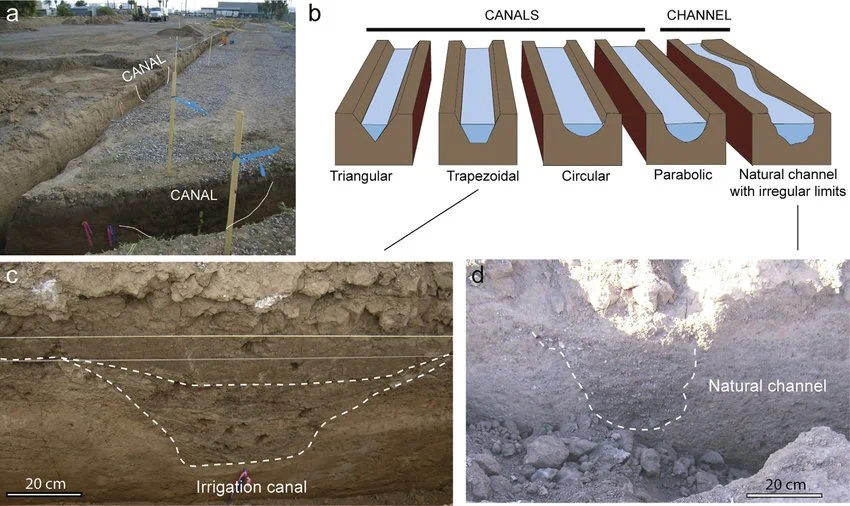
11. Pit Digging: Precise Excavation for Complex Projects
How it Works:
Pit digging is about precision and control. The excavator works carefully, ensuring each section of earth is dug to exact specifications. This method is often paired with other tools or machinery for precise leveling or shaping.
Best Used For:
Typically used for foundation excavations, complex landscaping projects, or when high accuracy is needed in the work site.
Key Tips:
Requires highly skilled operators to ensure minimal error.
Often involves using other precision tools in combination with the excavator to meet project specifications.
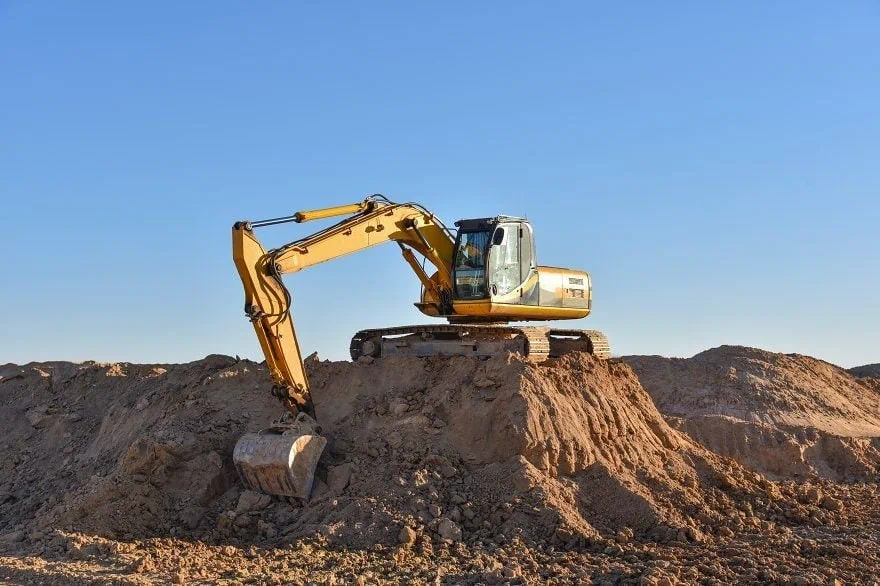
conclusion
These techniques, with their specific applications and detailed operational steps, provide a deeper understanding of excavator usage in various projects. Whether working in tight spaces or large-scale excavations, each method is tailored to meet the demands of the job with efficiency and safety in mind.
